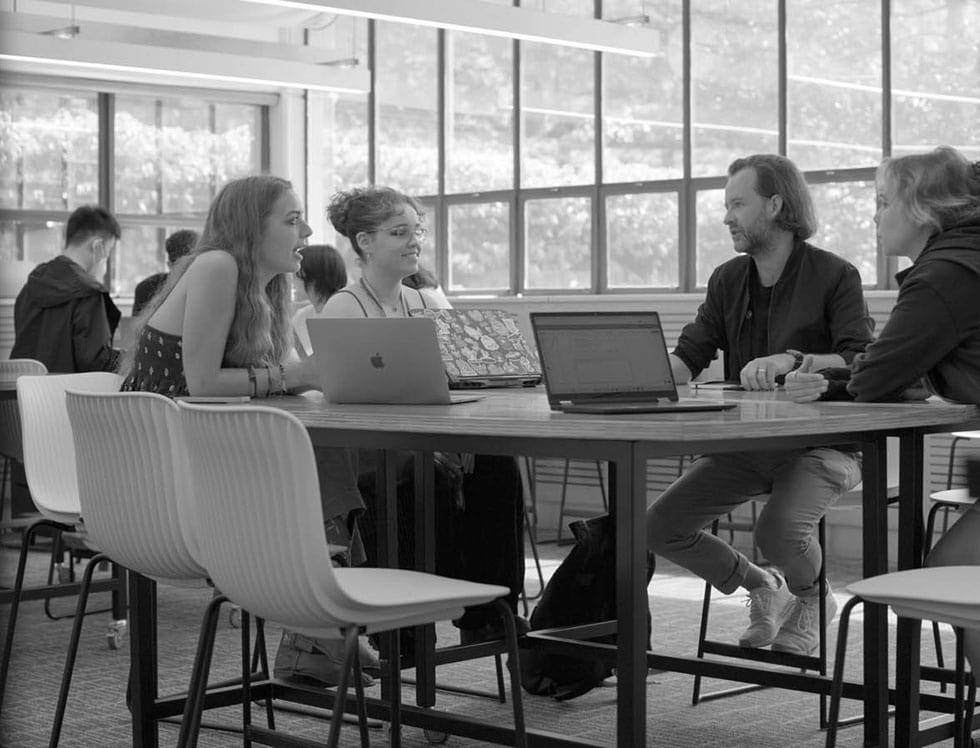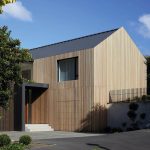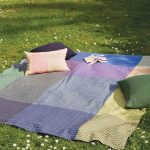In association with Lexus.
Boundary-pushing design has always been a fundamental part of the machinery at luxury automotive brand Lexus, and since 2013, it’s been encouraging emerging talents around the world to express their vision for forward-thinking products through its global Lexus Design Award programme. Aligning with the competition in Aotearoa, students of Industrial Design and Creative Technologies at AUT and Industrial Design and Design for the Natural Environment at the University of Auckland take papers that offer local participation.
Mentorship is a critical part of the programme, and this year, Lexus ambassadors Simon James, Scott Bridgens and Tim Rundle of furniture and lighting company Resident were engaged to support students through the design process and contribute to the judging panel. “As mentors, we split our time between the different university courses,” says Simon. “I was impressed by the use of sustainable materials, such as strong wool, that was applied to a range of entries, with creative use of construction materials, clothing and furniture.”
The judges were on the lookout for thoughtful solutions expressed in captivating designs — work that aims to bring a brighter future to people and societies facing diverse circumstances. Four projects took out the top spots.

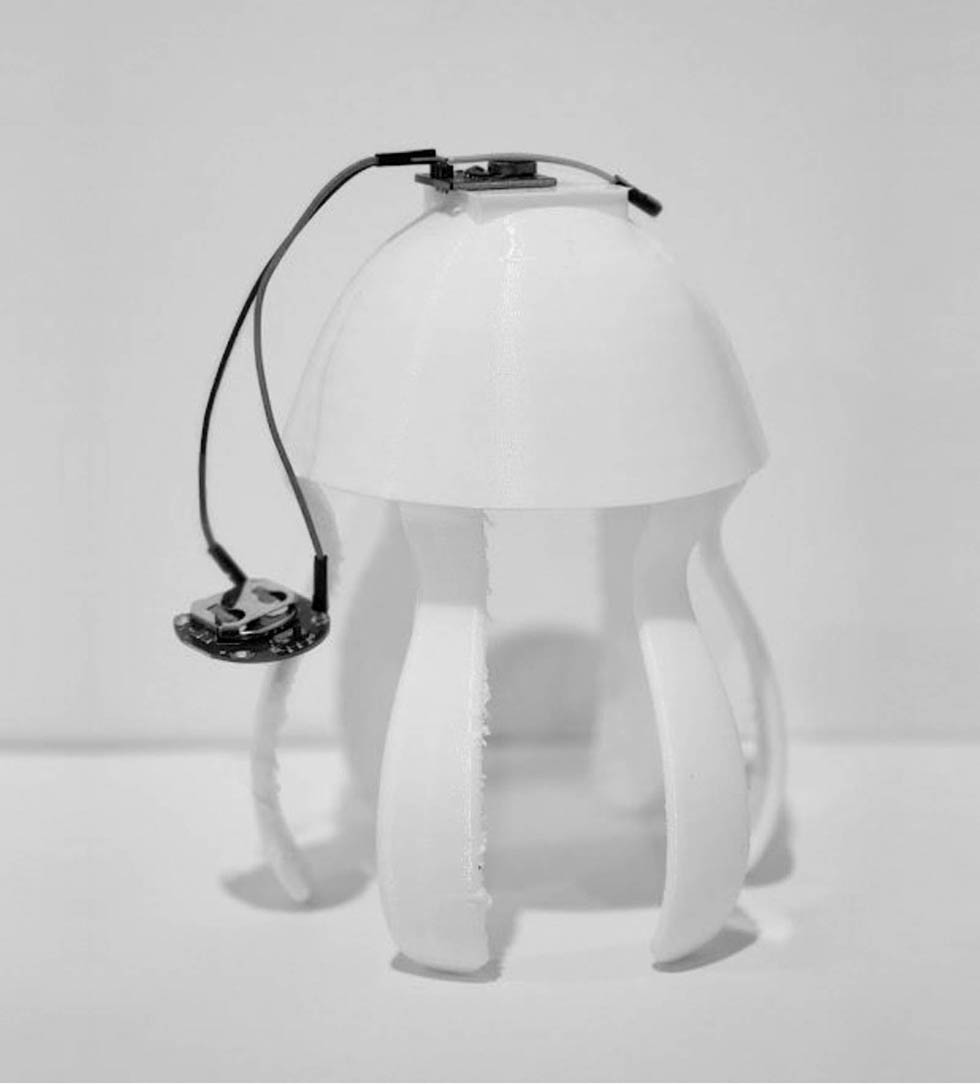
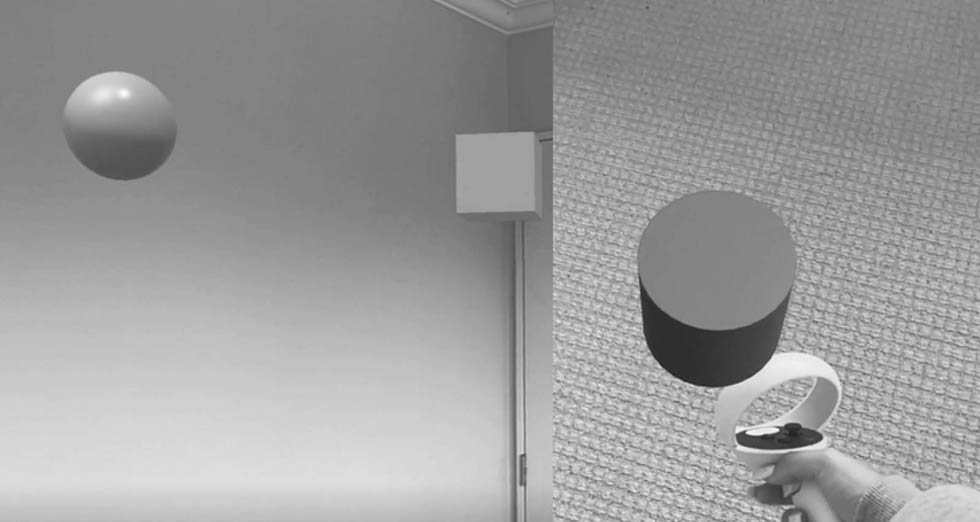
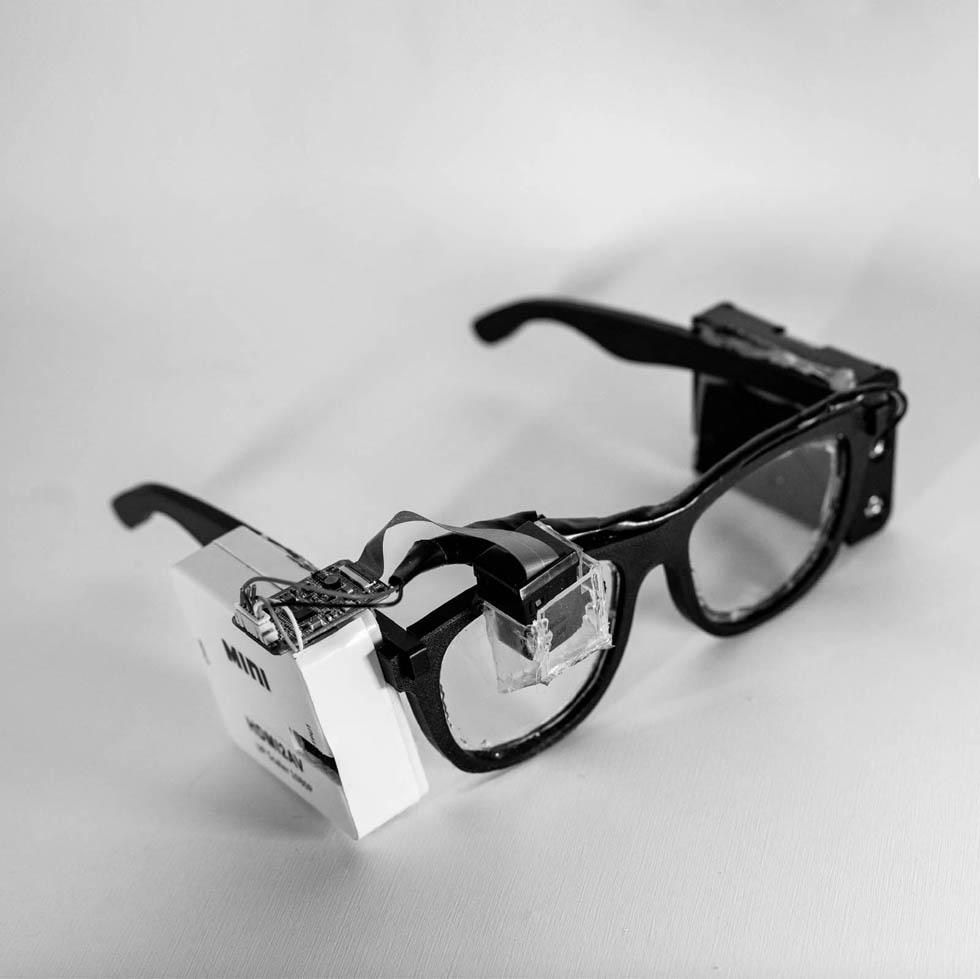
Fiona Yoon of AUT received a first-place award for her entry that addresses mental health in elderly people with an exercise therapy programme combining augmented reality (AR) and artificial intelligence (AI). Promoting holistic wellbeing, the software, ARctive, offers an AR exercise space for physical and mental exercises, guided by a personal-trainer avatar named Arc.
Also awarded top honours, Tom Saran and Antione Helean of the University of Auckland teamed up to create Fire Aid — AR glasses designed to assist firefighters through thermal imaging, hazard detection and vital situation data. Powered by a battery pack, the glasses’ components are attached to flame-retardant frames that reflect a microcomputer screen onto tinted glass, the computer including the necessary code to share life-saving information with the wearer.
Is hiding in small spaces and creating imaginary worlds a cherished memory from your childhood? It is for many of us, and it extends beyond play to the development of self-reliance and the ability to regulate our thoughts and emotions. For an invention designed to support this process in toddlers with neurodiverse traits, the University of Auckland’s Yeaseo Im was awarded second place. Made from organic wool, cotton and bamboo, Cocoon is a partition that turns into a tent that forms a soothing environment for kids who experience sensory overload.
Second place at AUT went to McKenzie Carkeek for Haptic Patch. This haptic technology and virtual reality device seeks to help alleviate the chronic pain and emotional distress commonly experienced by amputees. It provides relief from ‘phantom limb’ sensations by attaching to the existing limb and sending pulses that stimulate nerves.
These exciting wins set all five candidates on a path to expand their professional horizons locally and beyond through the endorsement of their entries by Lexus New Zealand. “Our winners and finalists dive into varied issues facing New Zealand and the world,” says Scott. “It’s safe to say the future designers of Aotearoa are very talented!”
lexus.co.nz

